SUMMARY
This is AI generated summarization, which may have errors. For context, always refer to the full article.
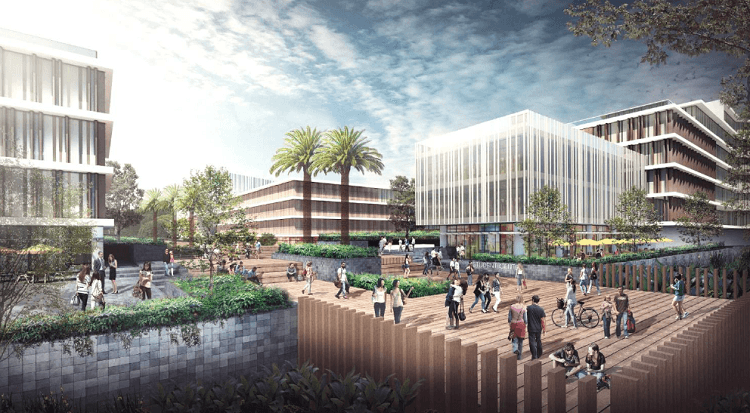
A shroud of mystery over plans to sell and move the historical campus of the first Ateneo university in the country stirred a group of alumni into calling on the Jesuit-owned institution to come clean by going public with details of the multibillion-peso project.
The Cagayan de Oro Parents-Teachers Alumni against the XU Sale Campaign (Coptac) urged Xavier University-Ateneo de Cagayan to provide the group copies of its agreements with real estate developer Cebu Landmasters Inc. (CLI) and other documents.
The controversial plan was first disclosed in a letter sent by former Cagayan de Oro Archbishop Antonio Ledesma to Xavier-Ateneo in 2018. The letter hinted at a “radical” plan to sell the 6.3-hectare campus in downtown Cagayan de Oro and another 14.3 hectares so the university could develop a new campus within a 20.6-hectare uptown property.
The planned campus, called the “Campus of the Future” by its proponents, would be built within an envisaged mixed-use Bonifacio Global City-like township in uptown Cagayan de Oro.
Coptac said it was worried about what Xavier-Ateneo and CLI planned to do with the present campus, which city hall described as something that could change the landscape of downtown Cagayan de Oro.
The plan, announced by Xavier-Ateneo recently, was endorsed by the Jesuit superior general and approved by the Vatican. The document however has not been made public.
“I have questions regarding the economic viability of the entire project. Why spend P3.3 billion to tear down the present buildings and put up new ones on a campus that is only about five kilometers away?” read part of the 2018 letter of the now Archbishop Emeritus Ledesma, himself a Jesuit priest.
Lawyer Eddie Cuaresma, former president of the Cagayan de Oro-Misamis Oriental chapter of the Integrated Bar of the Philippines (IBP), said at least six old buildings and a church in the present Xavier-Ateneo campus are historical and cultural treasures and are therefore protected by law.
Coptac invoked a clause in the National Cultural Heritage Act of 2009, providing that structures dating at least 50 years are considered as important cultural properties that should be protected from exportation, modification, or demolition.
Robert dela Serna, one of the organizers of the campaign, said several attempts were made by Coptac, Ledesma, and alumni to secure copies of the agreement between Xavier-Ateneo and CLI and the supposed document showing the Vatican greenlit the plan.
Local historian Antonio Montalvan II said it was the secrecy that was making him and other Xavier-Ateneo alumni uneasy.
In 2019, the then Xavier-Ateneo president Roberto Yap called for a meeting of stakeholders about the plan but did not disclose details, according to Montalvan. Father Yap is now the president of the Ateneo de Manila University.
“They said it was confidential. Even Archbishop Ledesma asked for a copy and he was refused. Can you imagine that?” Montalvan told Rappler.
Coptac has sought a dialogue with the current Xavier-Ateneo president, Father Mars Tan.
“Coptac is not anti-development except that we feel [Xavier-Ateneo] was not being too participatory in her approach at even lending space for the alumni to help design the future. There is not even a socioeconomic study of this grand design,” said Dela Serna.
If Father Tan does not grant the request. Dela Serna said Coptac would pursue its campaign and work with the National Heritage Commission to invoke a provision in Republic Act 10066 against any attempt to sell the campus and demolish historical structures in it.
Dela Serna said the campus’ “central presence has shaped the history of Cagayan de Oro and Mindanao [and] makes her a cultural property.”
Montalvan cited Xavier-University’s rich history: it holds the distinction of being the first of the country’s five Ateneos to become a university and the first university in Mindanao in 1958.
“By automatic operation of law, it is an important cultural property. The campus is a cultural treasure of the nation,” Montalvan said.
Xavier-Ateneo was also the first to establish and open a college in Mindanao in 1938, ending the period when only the rich in the then-Misamis de Cagayan town and neighboring areas could take up higher studies in the Visayas and Luzon.
In 1942, invading Japanese forces turned the campus into a concentration camp, and many of their prisoners were tortured there.
A year after the war, the Ateneo de Cagayan was included in a 1946 rehabilitation act passed by the US Congress.
Founded in 1933 by American Jesuit missionary Father James Hayes, who subsequently became Cagayan de Oro’s first archbishop, the then-Ateneo de Cagayan school for boys moved to the site of its present campus in 1935.
Lucas Hall, its oldest standing building and where prisoners of Japanese soldiers were tortured, is 86 years old.
Several other Xavier-Ateneo structures, including the Immaculate Concepcion Church standing right smack in the middle of the campus, are 54 to 67 years old.
“Nostalgia is subjective. But based on the law, the entire 1935 campus enjoys the presumption of being an important cultural property even without an official declaration. With a marker, or without a marker, and even in the absence of a declaration, its historicity remains,” said Montalvan. – Rappler.com
Add a comment
How does this make you feel?
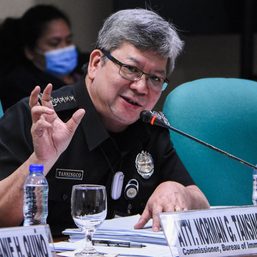
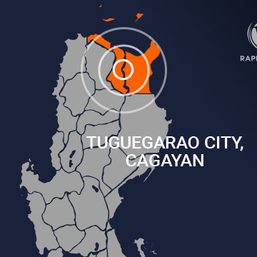
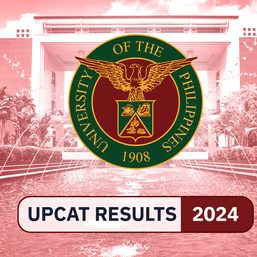
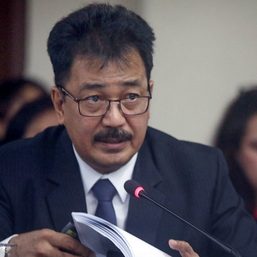
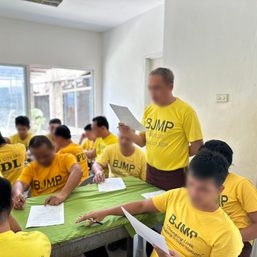

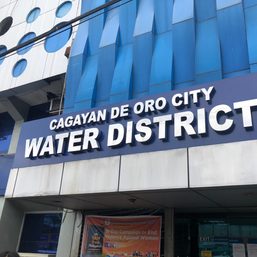

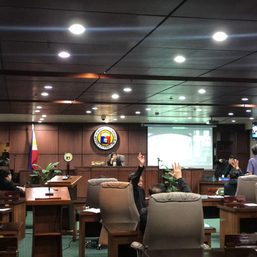
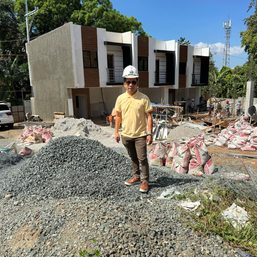
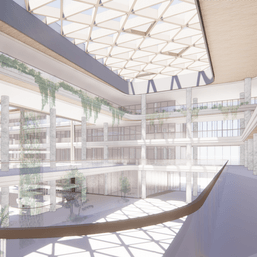


![[OPINION] Symbols of Pinoy greatness: The Philippines’ tallest statues](https://www.rappler.com/tachyon/2024/02/the-victor-february-21-2024.jpg?resize=257%2C257&crop=494px%2C0px%2C1080px%2C1080px)
There are no comments yet. Add your comment to start the conversation.